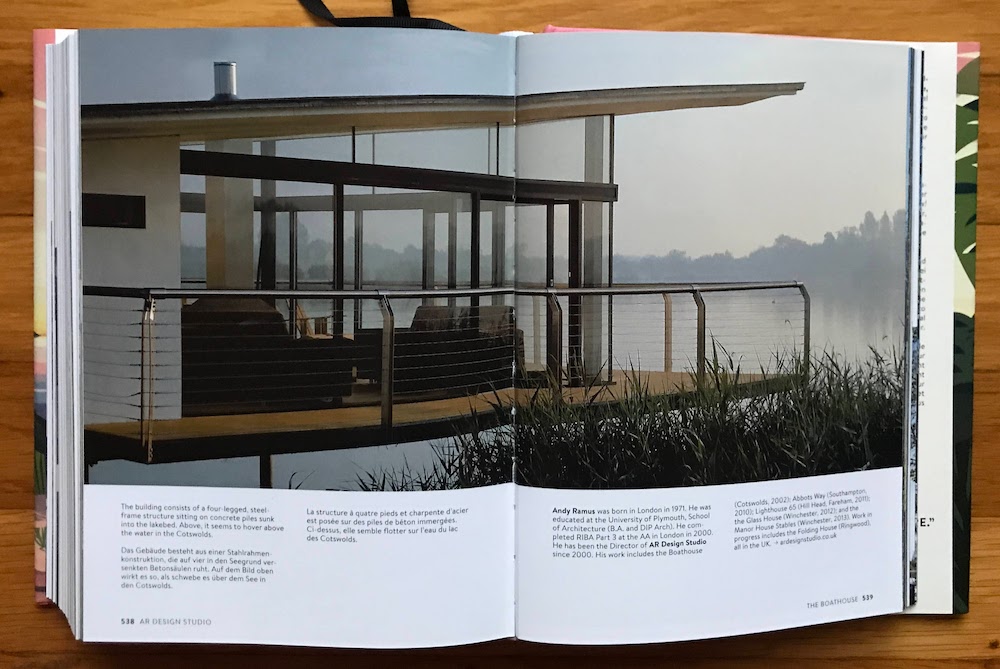
Nobrow 10: Studio Dreams
published by Nobrow
2018
This is a collection of art from 70 illustrators on the theme of fantasy art studios. For those of us involved in art, this is a powerful theme: we all want a dedicated space to create, and this often feels like a challenging fantasy, so – yes, go for it!
There are underwater art studios, jungle art studios, underground studios, studios where up and down change from area to area… The art is vivid and presented in many different traditional illustration styles.
Nearly everyone’s dream studio has a cat, dog, or bird in it. (But you expected that!). There are far more dinosaurs than I anticipated.
After decades of dominance of photography-as-illustration, hand drawn, creative illustration in various 2-D styles with highly stylized color schemes has come roaring back. I have theories about this, as a photographer who once worried for classmates studying illustration as a profession. Graphical styles come and go, and the ubiquity of photography had to give way to something to feel novel. Illustration, especially in non-photo-realistic, representative, semi-traditional styles can feel softer and can have more gentle emotional or mood content. (A drawing of a simplified person crying is gentler and less painful than a photo of a real person crying, if you know what I mean.)
This collection contains both contemporary and retro elements. The range of styles is highly contemporary, including everything from painterly 20th century art to cartoon approaches. The flatness of the planes and shapes, the simplicity of the forms, the primary printing color scheme used by some of the artists, and the slightly offset color layers to emulate certain older printing processes all contribute to a retro-timelessness of intentionally chosen styles.
This collection is so varied and printed on such great paper that I purchased it so I could spend more time studying these largely wordless illustrations.
As someone who tended to include too much detail in my architectural drawings and some architectural photos, there is something I’m trying to learn about simplifying forms that this collection hints at, in a medium I don’t use myself.








